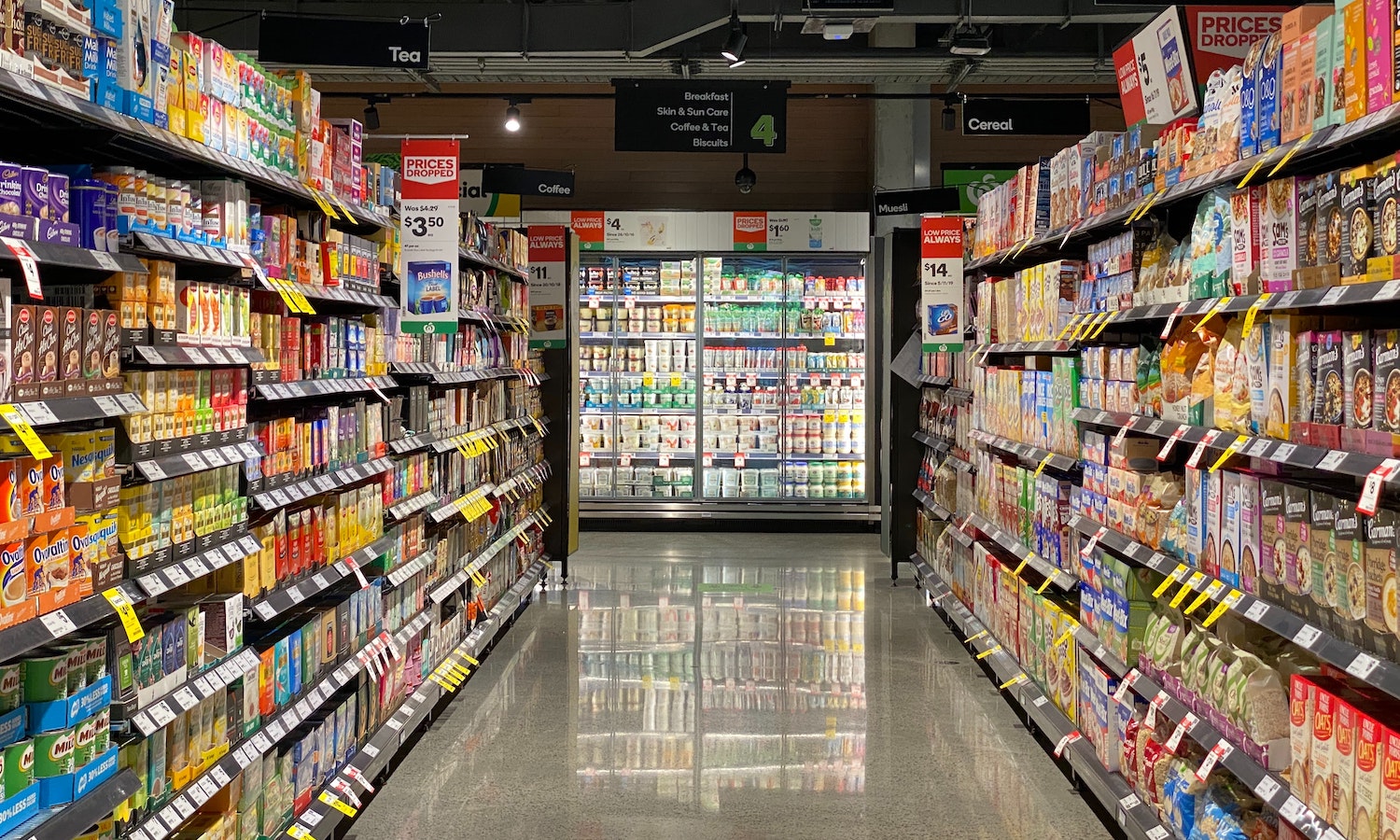Recent research from Northeastern University’s Network Science Institute indicates that 73 percent of the United States food supply is ultra-processed. Based on these findings, the research team built a database of 50,000 foods that helps consumers identify ultra-processed products and find healthier alternatives.
Building off research published in Nature Food, the researchers worked to predict the degree of food processing, outlined in a paper currently under review. A second paper, also under review, explores the prevalence of processed food. Using their findings, the researchers constructed a database containing over 50,000 food items across Walmart, Target, and Whole Foods Market. The database indicates that 73 percent of the U.S. food supply is ultra-processed and suggests that ultra-processed foods are 52 percent cheaper than less processed alternatives, on average.
The findings shocked Giulia Menichetti, Senior Research Scientist at the Network Science Institute at Northeastern University, and senior author of the papers. “It surprised me how a considerable amount of highly processed food is mistakenly considered healthy because the public narrative still focuses on one nutrient at a time, instead of evaluating food as a whole,” Menichetti tells Food Tank.
To catalog the degree of processing of food items in the U.S. food supply, the research team created the publicly available TrueFood database. TrueFood captures and compares the degree of processing of thousands of foods. Each food item receives a score, out of 100, based on hidden ingredients and additives.
The team hopes that their research and TrueFood database can be used to improve dietary guidelines, change consumer behavior without compromising their diet, identify potential food desserts, increase food literacy, and evaluate food assistance programs.
Menichetti and her team are excited to advance their promising research. She tells Food Tank, “According to my preliminary studies, while these concepts still lack precise quantification, they appear to be the leading factor in explaining how current ultra-processed food negatively affects our health. We need to come up with a mathematical definition of ‘whole food’ versus ‘disrupted food’.”
The study defines ultra-processed foods according to the NOVA Food classification system. These foods are hyper-palatable “industrial formulations” that stray from their organic origins. Most processed foods are derived from substances such as oils, fats, sugar, starch or are synthesized from flavor enhancers, colors, and other additives. Examples of ultra-processed foods include ice cream, candy, soda, chips—foods that are highly caloric but offer little nutritional value.
Nutrients, such as carbohydrates, fat, protein, and fiber, and a list of ingredients appear on nutrition labels, but these categories do not reveal the entirety of a food’s chemical composition. Menichetti’s research seeks to map out the entire web of chemical compounds found in food. In better understanding food, researchers can identify how certain foods can negatively impact health.
While certain forms of food processing may be detrimental to health, some minimal processing can expand access to healthy foods. Canning, freezing, fermentation, and vacuum-packaging ensure the safety and preservation of food while maintaining a food’s nutritional integrity.
“Processing per se is not necessarily harmful, and some can be good such as pasteurization of milk and other means of ensuring microbial safety,” Walter Willett, Professor of Epidemiology and Nutrition at Harvard T.H. Chan School of Public Health. But he continues, “Four forms of processing have serious adverse effects on the quality of food: refining grains, partial hydrogenation of oils, refinement of sugar cane to make sugar, and adding excessive amounts of salt and some other preservatives.”
Menichetti’s research is part of a larger initiative that seeks to define the relationship between public health and lifestyle factors, such as diet. According to a study published in Frontiers in Nutrition, more than 60 percent of caloric intake in the U.S. comes from ultra-processed food.
One large prospective cohort study in France published by BMJ Clinical Research, concludes that a 10 percent increase in ultra-processed food consumption is associated with an increased risk of breast cancer. Another global comparative study published by Obesity Reviews demonstrates that an increased volume of sales per capita of ultra-processed food and drink is positively correlated with population-level body mass index (BMI) trajectories.
And because of the increasing prevalence of ultra-processed foods in a globalized diet, Menichetti’s research may be vital to understanding public health on a global scale. Asia, the Middle East, and Africa are experiencing rapid increases in ultra-processed diets.
Willet adds that the amount of processed food is particularly increasing in urban areas of middle income countries. Research from the University of São Paulo argues that the increasing production and consumption of ultra-processed foods needs to be addressed and reversed to align with both the U.N. Decade of Action on Nutrition and the U.N. Sustainable Development Goals.
Understanding the link between processed foods, diet quality, and public health can help shape consumer decisions and policy. But, Willet says, it’s important to understand the type of processing that is used. “Processing can profoundly affect the healthfulness of foods,” he tells Food Tank, “but I think we need to look more deeply at the types of processing and the foods that are being processed to determine food and nutrition policy.”
Articles like the one you just read are made possible through the generosity of Food Tank members. Can we please count on you to be part of our growing movement? Become a member today by clicking here.
Photo courtesy of Franki Chamaki, Unsplash











